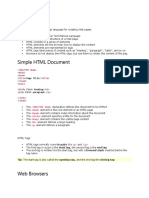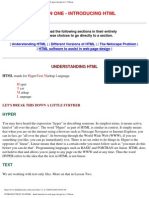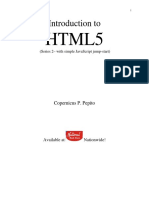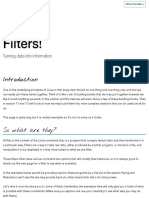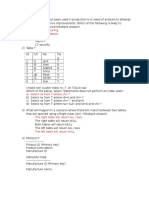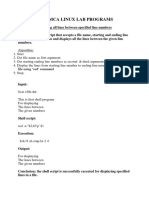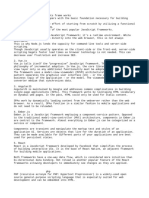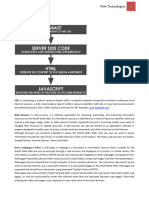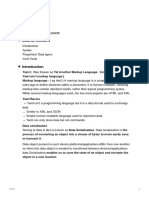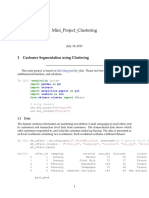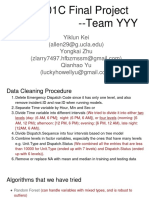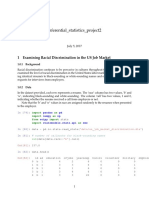0% found this document useful (0 votes)
494 views11 pagesCodecademy SQL
This document summarizes key SQL concepts:
1. Manipulation clauses like SELECT, INSERT, UPDATE, and DELETE allow retrieving, adding, modifying, and removing data from tables.
2. Queries use operators like comparison, LIKE, BETWEEN to filter table data. Aggregate functions like COUNT, SUM, MAX calculate values over groups.
3. Multiple tables can be joined to combine related data. Primary keys uniquely identify rows, and foreign keys link tables by matching primary keys.
Uploaded by
api-362845526Copyright
© © All Rights Reserved
We take content rights seriously. If you suspect this is your content, claim it here.
Available Formats
Download as PDF, TXT or read online on Scribd
0% found this document useful (0 votes)
494 views11 pagesCodecademy SQL
This document summarizes key SQL concepts:
1. Manipulation clauses like SELECT, INSERT, UPDATE, and DELETE allow retrieving, adding, modifying, and removing data from tables.
2. Queries use operators like comparison, LIKE, BETWEEN to filter table data. Aggregate functions like COUNT, SUM, MAX calculate values over groups.
3. Multiple tables can be joined to combine related data. Primary keys uniquely identify rows, and foreign keys link tables by matching primary keys.
Uploaded by
api-362845526Copyright
© © All Rights Reserved
We take content rights seriously. If you suspect this is your content, claim it here.
Available Formats
Download as PDF, TXT or read online on Scribd
/ 11




